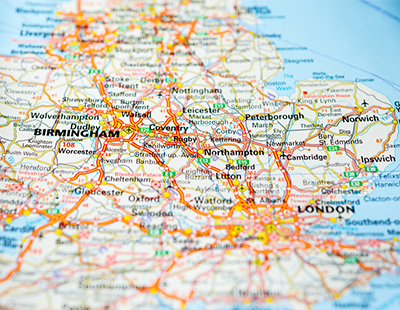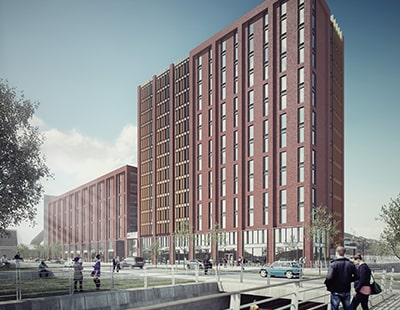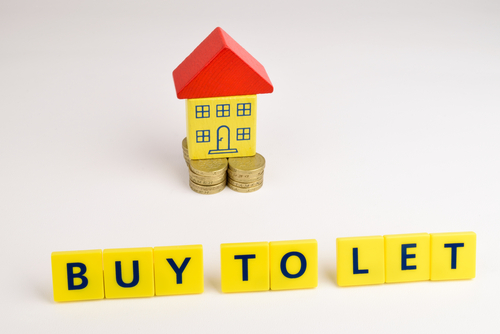
Private Finance’s latest buy-to-let hotspots analysis has revealed that Liverpool and Nottingham are the UK’s best-performing locations for property investment, with both cities experiencing average rental yields of 6.2% once mortgage costs are taken into consideration.
While Liverpool kept the position it has held since May 2017 – in spite of reduced rental yields thanks to falling prices in this area – Nottingham has surged upwards from second position due to a £121 rise in average monthly rents.
The buy-to-let sector has been subdued as of late as landlords tackle higher costs. This follows a series of recent tax changes – including the additional 3% stamp duty surcharge and the phasing out of mortgage interest tax relief – and tighter mortgage lending conditions.
Behind the joint leaders, in third position, was Cardiff – with average rental yields in the Welsh capital of 6%. The city has gone up by four places in the list thanks to a significant increase in average monthly rents (up from £946 to £1,301). Southampton (up from eleventh position) and Greater Manchester (up from fifth position) were in joint fourth place, with both areas providing rental yields of 5.9%.
Coventry, Edinburgh, Leicester, Brighton & Hove and Bournemouth made up the top 10 list, all with net rental yields (excluding tax) of more than 4.6%.
Rental yields have increased by an average of 0.9% across the top 10 buy-to-let hotspots since May 2017, with Southampton witnessing the largest increase (up by 2.2%). This growth is down to rents growing quicker than house prices, with a 20% increase in rents and only a 6% rise in house prices since May 2017.
The research also found that landlords have benefitted from falling mortgage rates, too, despite the slight increase in average rates towards the end of 2017 caused by the first interest rate rise in a decade (from 0.25% to 0.5%) in November. Nonetheless, data from the Bank of England reveals that the average two year (75% loan-to-value) buy-to-let fixed rate is at its lowest point (2.47%) since tracking began in January 2012. What’s more, it’s dropped by 15 basis points since May 2017 (2.62%).
“Finding the right buy-to-let location is a careful balancing act,” Shaun Church, director of Private Finance, said. “Too large an initial investment makes it difficult to achieve a healthy yield, but landlords must also be confident that property values will appreciate at a higher rate than mortgage borrowing to achieve a long-term profit.”
He added: “Strong rental demand is also key to prevent lengthy void periods that can damage affordability. While there has been some movement in the top 10 buy-to-let hotspots, larger cities and university towns tend to offer the greatest opportunity for investors as they offer the highest rental demand. “
Church also said that there are particular challenges for portfolio landlords, classed by the Prudential Regulation Authority (PRA) as those with four or more buy-to-let properties, in the coming year.
“These landlords now face much more stringent affordability tests and must demonstrate the profitability of their entire portfolio to be accepted for a loan,” he said. “An independent mortgage broker can help investors navigate these tricky waters and find the most affordable and suitable option for them.”









.png)










Join the conversation
Be the first to comment (please use the comment box below)
Please login to comment